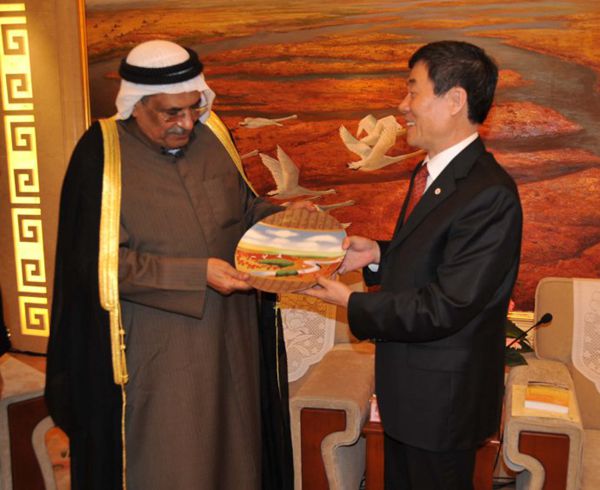The Middle East Development Report 2019-2020 (hereinafter referred to as the Blue Book) was launched online and offline by the Institute of West Asia and Africa studies of the Chinese Academy of Social Sciences and the Gulf Research Center of the Chinese Academy of Social Sciences.
The blue book analysis shows that, with the exception of some economies, the industrial diversification efforts of mineral exporting countries in the Middle East have achieved some results, but the overall growth of mechanical and electrical products exports of mineral exporting countries in the Middle East is not stable or sustainable. As for the export of China's manufactured products to the Middle East, the market share of each country varies greatly. The market share of the traditional oil-producing countries in the Middle East is relatively high, while that of small countries is relatively low. As far as manufactured goods exports from Middle East economies to China are concerned, there is also a large gap in share among countries. High-income economies in the Middle East and Middle East countries with relatively hot bilateral economic and trade relations have a relatively high share.

Based on the overall structure of bilateral trade between China and Middle East countries, the Blue Book believes that China should actively carry out work in the following aspects in the future to help Middle East energy exporters diversify their industries and inject new vitality into the development of China's Middle East trade.
First, we need to consolidate economic and trade ties between China and countries in the Middle East with a sound manufacturing base. The manufacturing quality of uae, Israel, Saudi Arabia and Kuwait is relatively high, and China's bilateral trade in mechanical and electrical products with these countries has also yielded some results. In the future, the economic and trade cooperation with these countries in the field of mechanical and electrical products should be deepened through economic and trade agreements, trade exhibitions, technical cooperation and other forms, so as to promote the two-way trade of mechanical and electrical products to a new level.
Second, deepen economic and trade ties between China and Middle East countries with low income and low economic aggregates. Two-way trade between China's electromechanical and non-electromechanical manufactured products and Middle East countries with low income and low economic aggregate needs to be improved. There are many reasons for this. The soft environment and hard facilities for international trade in some countries are not in place yet, and the costs of trade are relatively high. The economic and trade cooperation between China and these countries at the government level still needs to be deepened. To this end, we should consider strengthening the economic and trade exchanges between China and Turkey, Oman, Bahrain, Lebanon, Jordan and other countries by strengthening two-way investment, facilitating trade facilities, building trade routes, and signing bilateral economic and trade agreements.
Third, actively developing and participating in the construction of various economic parks in the Middle East. At present, a number of Chinese enterprises have established industrial cluster parks in various forms in Saudi Arabia, Oman, uae, Israel and other countries. The favorable natural light resources in the Middle East can provide development space for Chinese solar enterprises. The development of mechanical and electrical industries in some countries in the Middle East can provide cooperation opportunities for China's manufacturing industry to grow bigger and stronger. Most countries in the Middle East have excellent ports that radiate the trade between Asia, Europe and Africa, which can provide a stage for Chinese e-commerce and logistics enterprises. Enterprises in these industries should be guided to pay close attention to investment and trade opportunities in the Middle East.

Fourth, we will actively participate in infrastructure development in the Middle East. There is a huge infrastructure gap in the Middle East. However, due to low oil prices in recent years, the Middle East countries generally face financial pressure for infrastructure construction. All kinds of Chinese enterprises, including non-engineering enterprises with relatively abundant cash flow, can pay close attention to the bidding of PPP projects in the Middle East countries. Engineering enterprises should take active actions to find domestic enterprises with abundant cash flow and financial enterprises as partners to enhance the chance of winning the bid and expand the engineering market.

